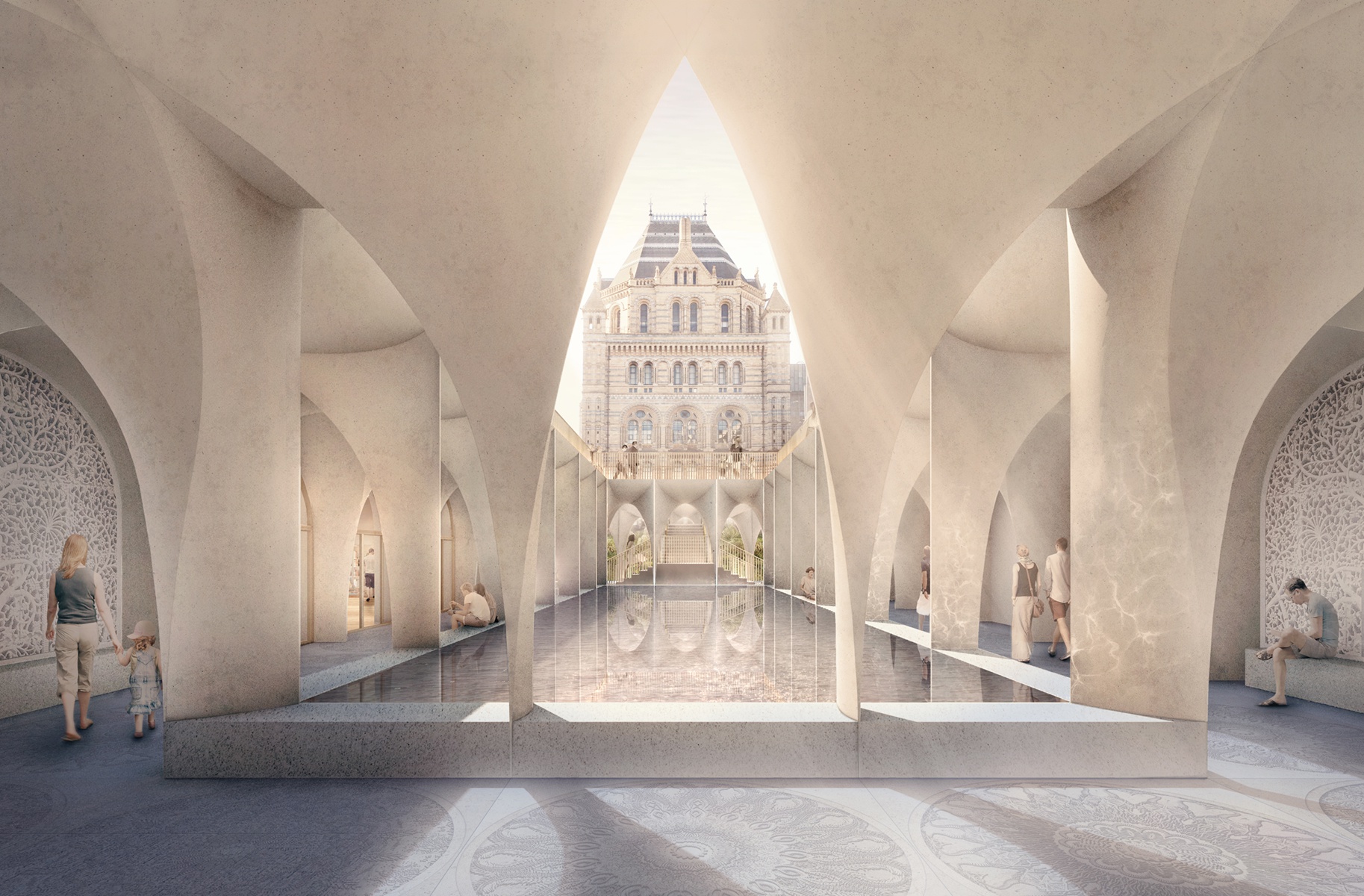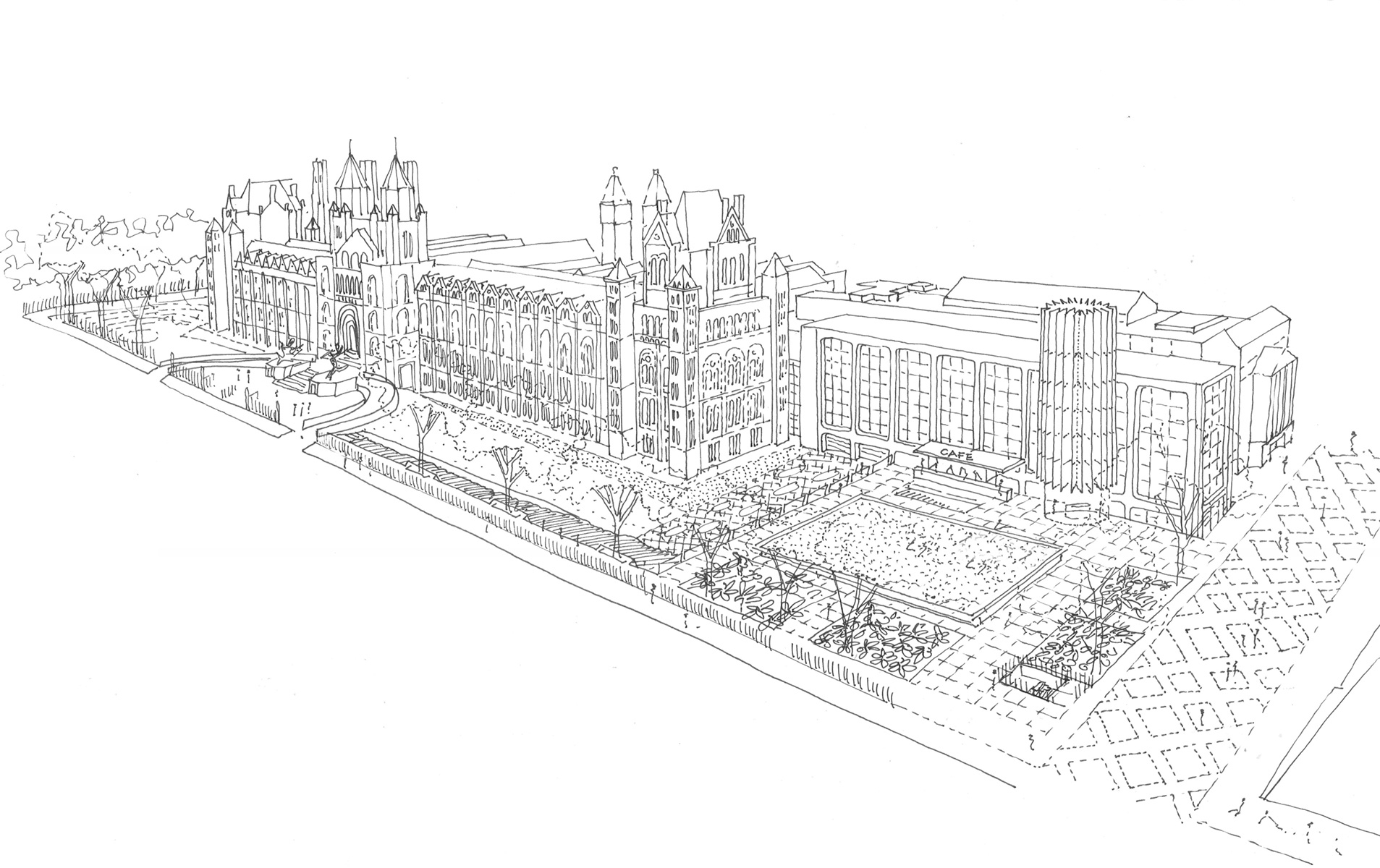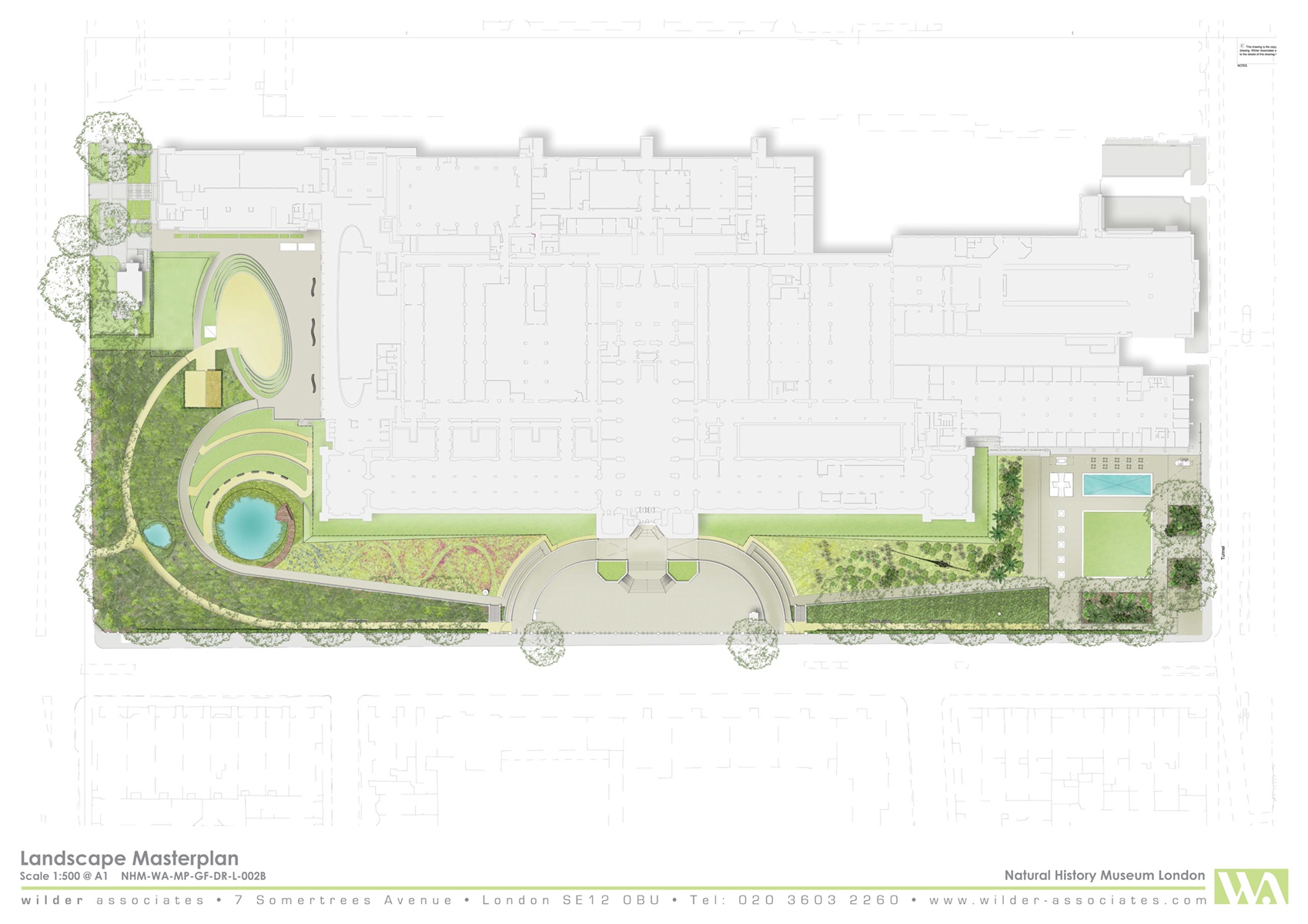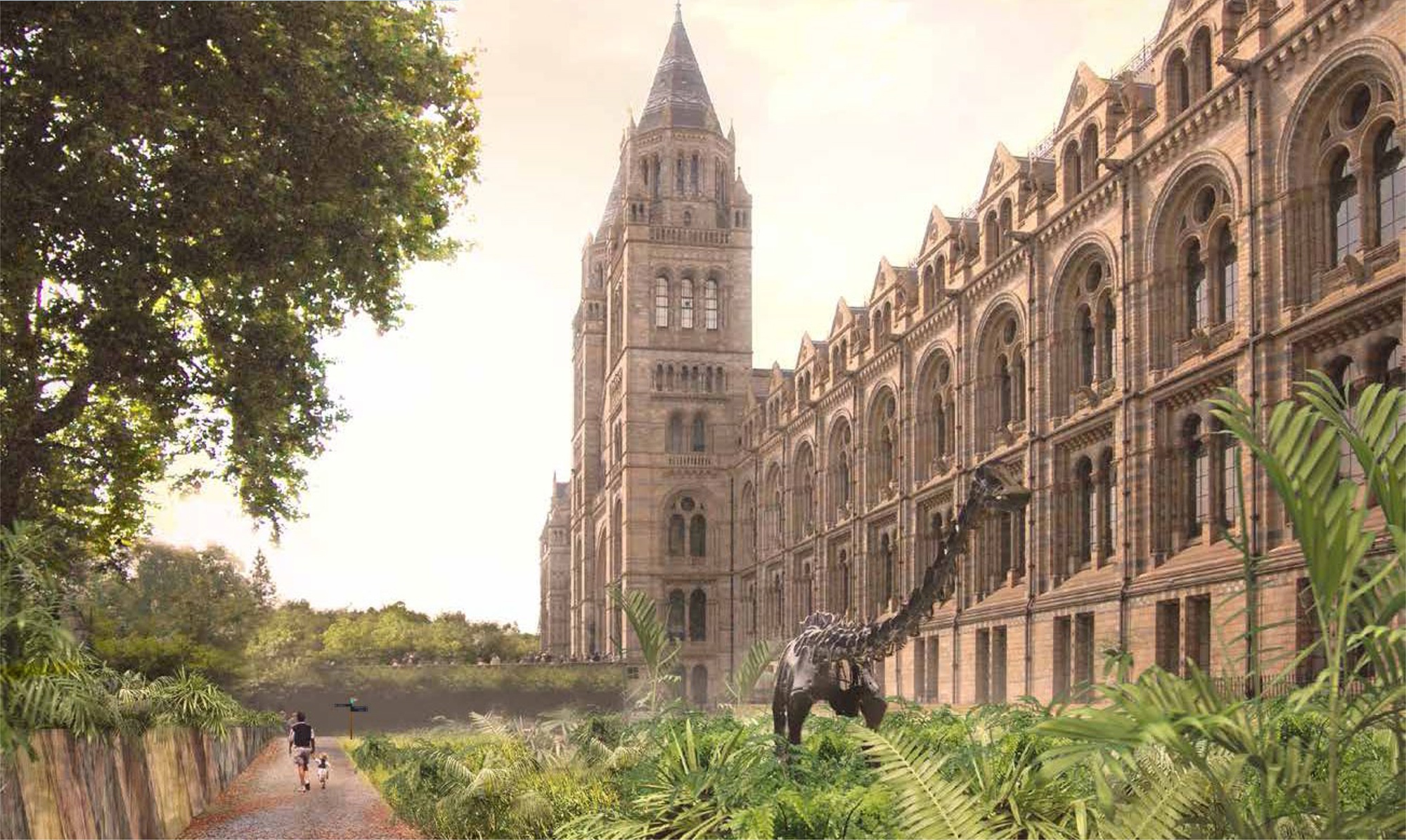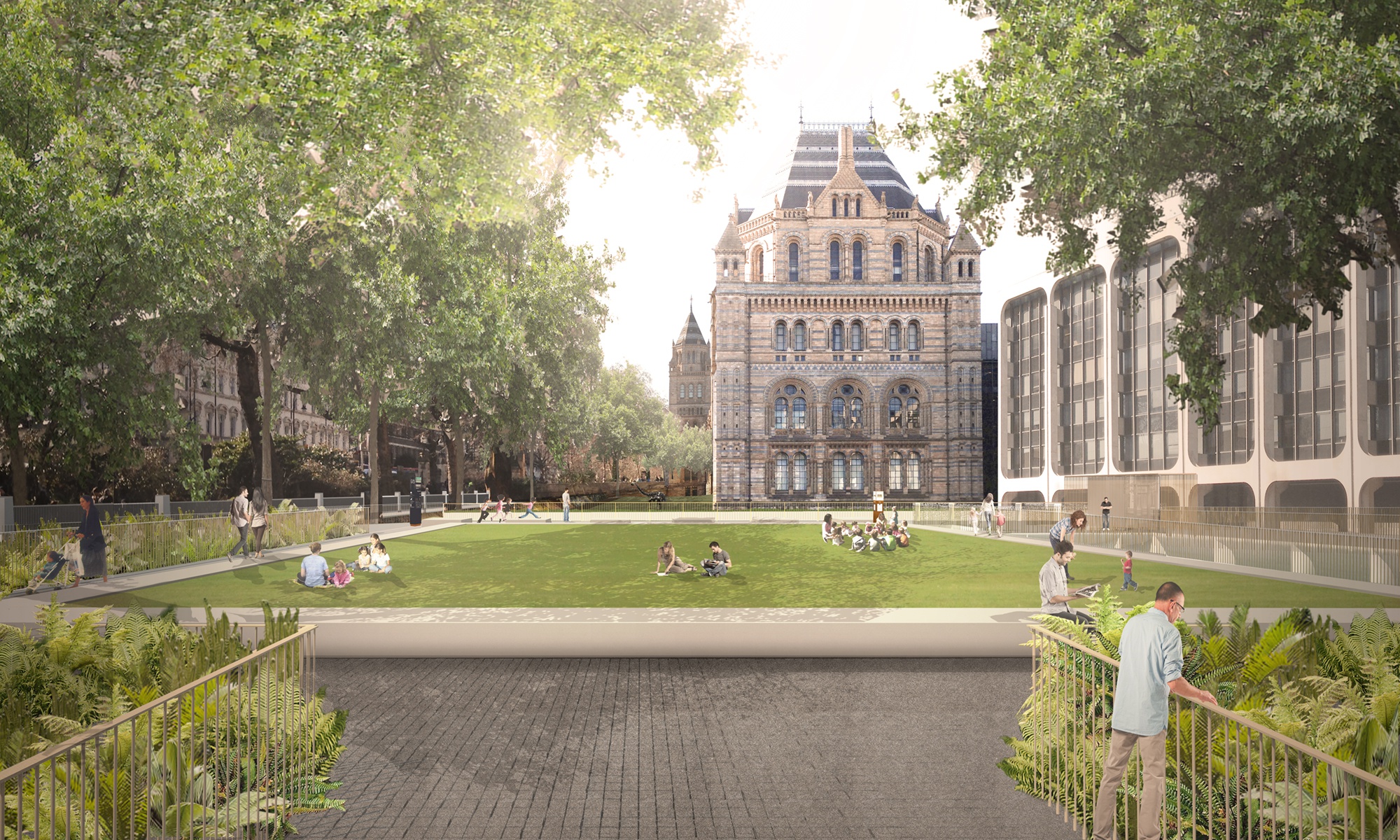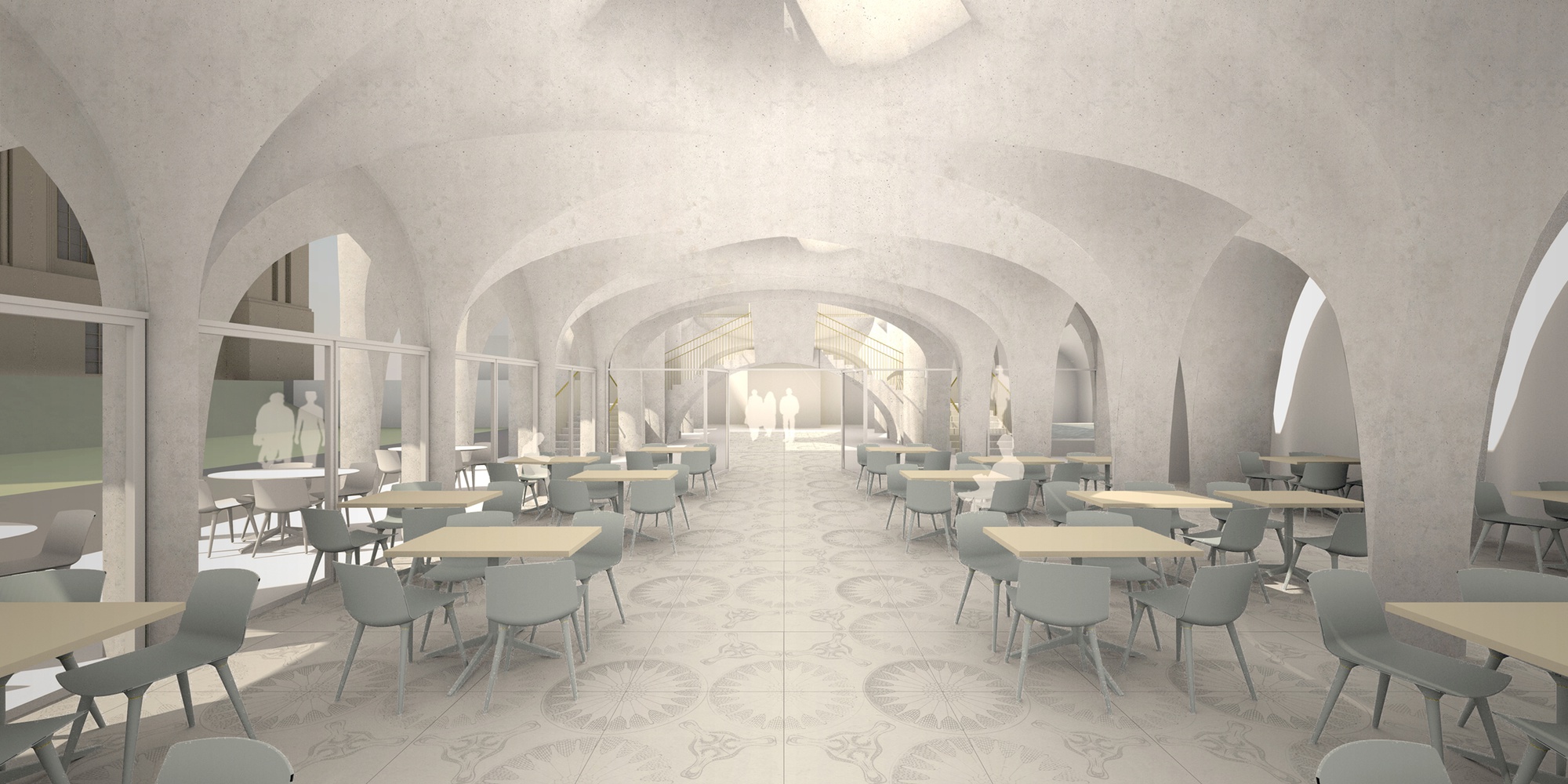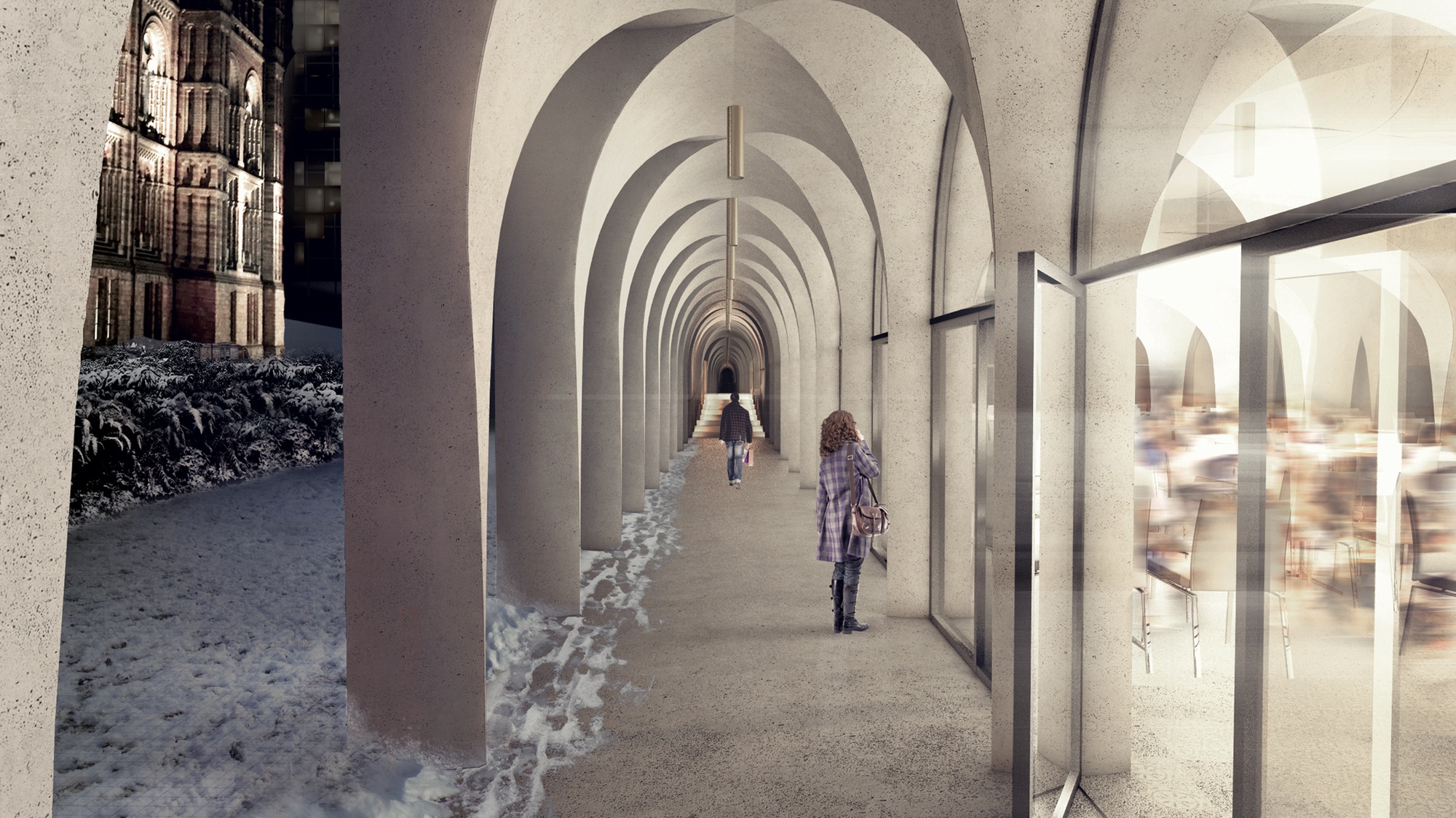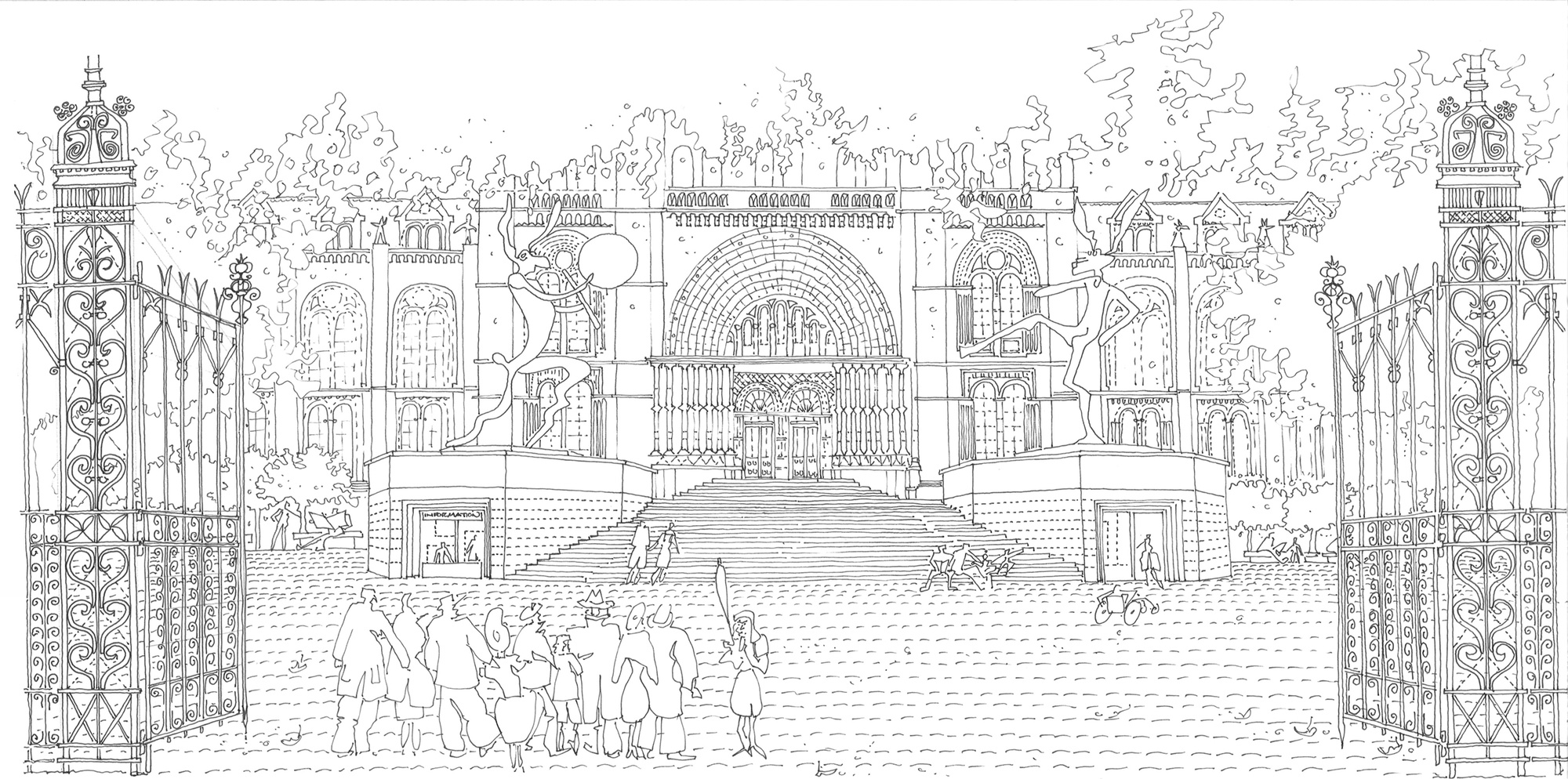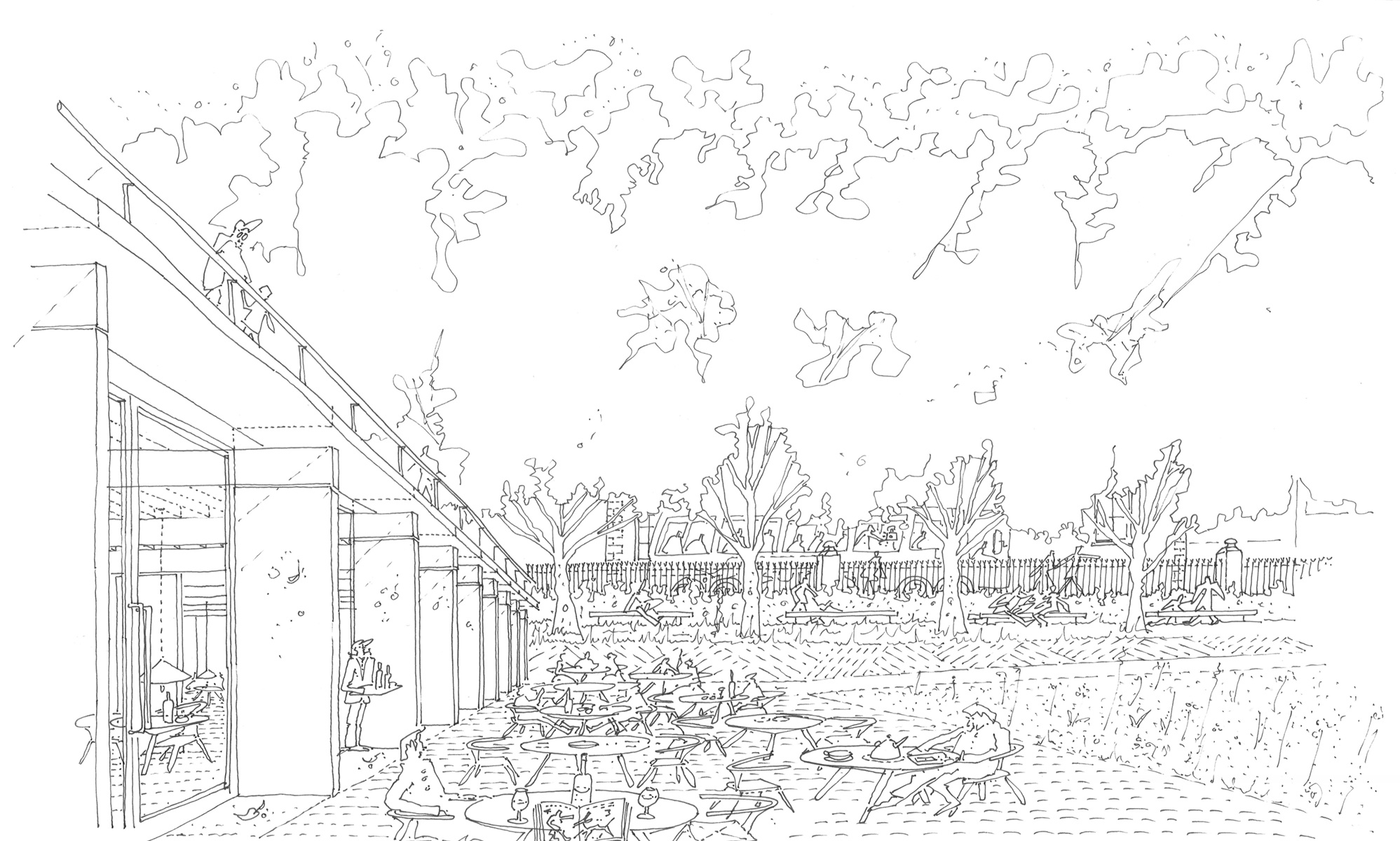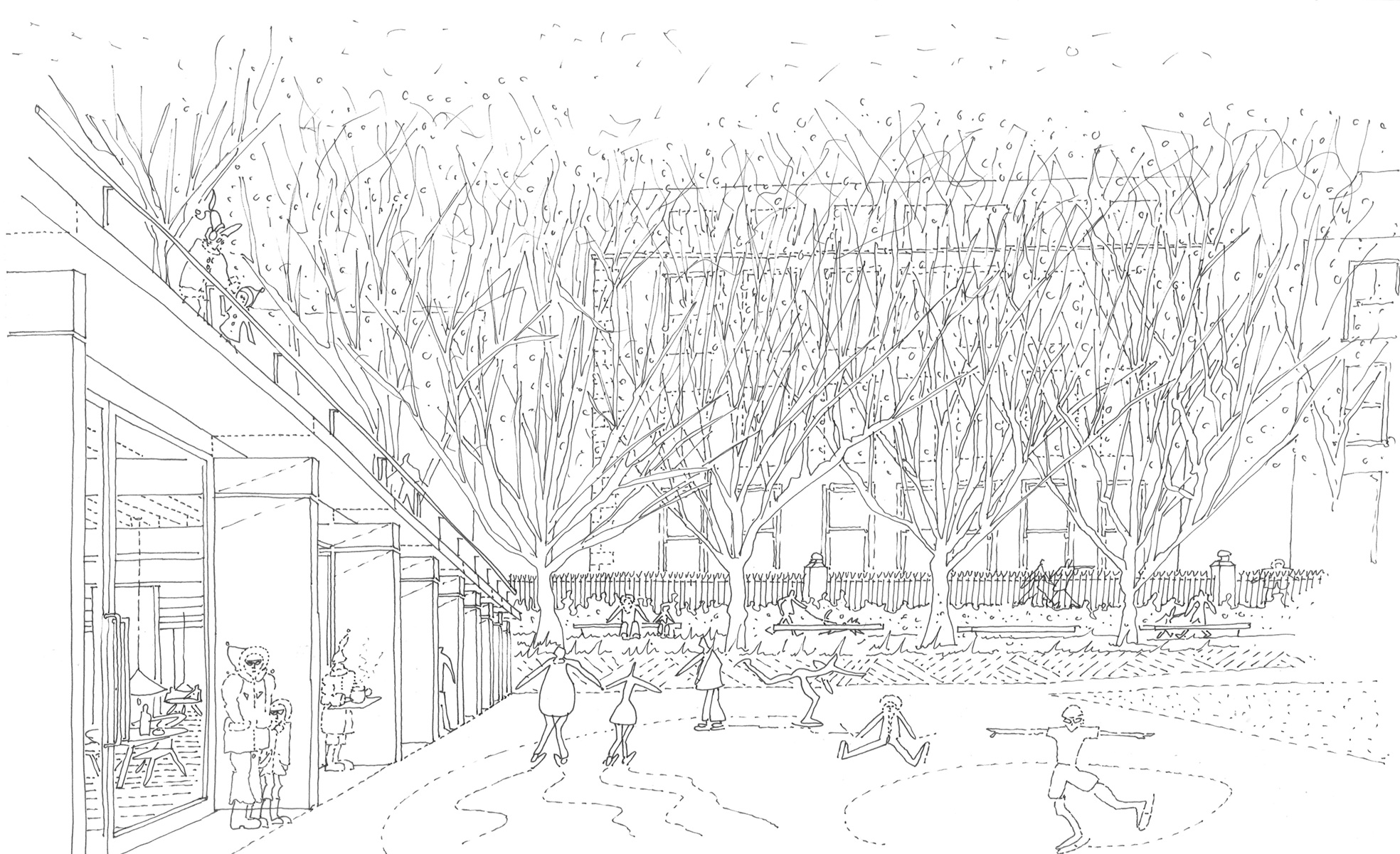Natural History Museum
2018
The Natural History Museum enjoys a generous landscape setting, with the most extensive open space of any of London’s national museums. In partnership with Kim Wilkie, we won the international competition to re-imagine the entrance grounds of the museum and create a new civic public realm, a key part of which is improving the visitor experience for the 5 million visitors the Museum welcomes every year.
The project seeks to create an innovative setting that matches the visual excellence of the world famous Waterhouse building and the Darwin Centre. A new approach and entrance sequence will provide a more integrated visitor experience and re-link the museum with the immediate vicinity of the newly pedestrianised zone of the Exhibition Road cultural quarter.
Waterhouse’s building is a visual essay of the intellectual landscape of its day. Commissioned by the naturalist Richard Owen, who disagreed with Darwin that a creature could move from one phylum to another as part of the process of Natural Selection, the skeletal Neo Romanesque structure teems with wildlife divided into separate species, as a counter to Darwin’s ideas of transmutation. We enjoy the paradox of a monument to a discredited premise embedded in the city. It speaks of the diversity and complexity of the natural world and the fluid landscape of scientific research of which the museum is a global leader.
Our proposal incorporates a new public garden square at the corner of Exhibition Road and Cromwell Road, with a campanile, announcing the presence of the museum at this important junction. The base of the tower forms a new entrance to the museum that is accessed directly from the tunnel connecting back to the tube station. A new east-west promenade within the railings enclosing the museum re-instates the view of Waterhouse’s beautifully zoomorphic south facade, with a contemporary urban garden exploring ‘future nature’ laid out at the western end. We intend that the east-west sequence story, from geology and palaeontology through to future nature, encapsulated within the museum, will now be given public expression in the newly configured gardens of the exterior setting.
